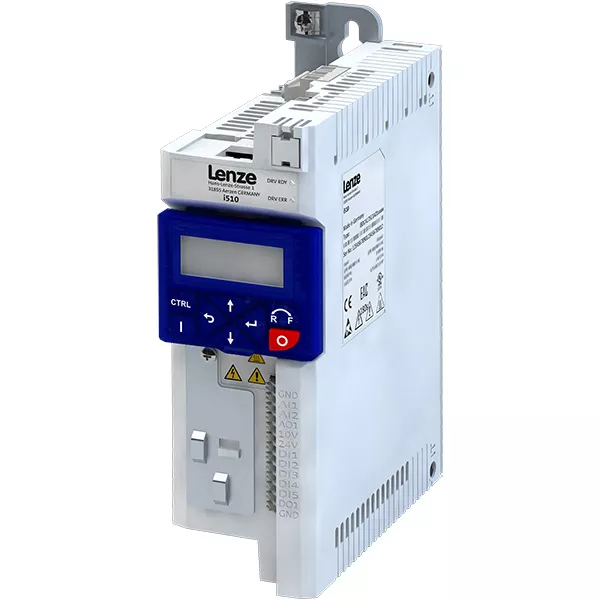Posted on 13th Jan 2023

Did you realize that induction motors use 65% of the typical UK electrical network? These industrial powerhouses, induction motors, are used in a wide range of industries, including massive power plants and food factories, you can see the examples at CM Industry Supply Automation.
Induction motors are everywhere, working cooperatively to power production and maintain our working and social surroundings. They can be found in conveyor belt systems, pumps, fans, and other building heating and ventilation systems.
Using variable speed drives to conserve energy
Businesses unfortunately use more energy than is necessary, with 95% of motors being initially enlarged on the basis of "just in case." This may be happening unknowingly.
Just in case our application expands, just in case we have to increase the speed, just in case the production is strained. As a result, there are many large motors nationwide.
How can money be saved?
Let's examine a hypothetical example of a 45kW, average-sized motor that operates continuously, seven days a week, at an average cost of 23 pence per kilowatt hour to determine the possible power savings.
For only one motor, this would cost the business £90,666 year. The potential for savings in this area is substantial because the majority of motors have been about 20% larger.
By installing variable speed drives (VSDs) on centrifugal fans, pumps, and compressors, businesses might save thousands of dollars annually. Using the aforementioned motor as an example, installing a VSD that slows it down by 10% would save 27% of the energy used by the motor. You can check out Lenze Drive, Siemens Drive, KEB Drive, Yaskawa Drive, Danfoss Drive, Darwin Motion VFD & more at CM Industry Supply Automation.
Financially, this would result in annual energy savings of 106,434 kWh at an anticipated payback of £24,479.82.
The typical location will have multiple motors with the ability to save energy. If there are 10 motors in this example, the energy savings would be around £244,798.20 per year, turning off enough energy to power 343 houses, or perhaps an entire estate's worth of homes.
All of these financial gains came from an investment of about $45,000. The cost of energy has never been higher! In the last ten years, they have more than doubled, and this trend is expected to continue. Concentrating on potential areas for savings is more crucial than ever.
Energy and Power Savings
Unlike applications that require continuous torque, where power savings are equivalent to energy savings. The advantage of variable torque is that it operates in accordance with the cube law's dictum that power reductions are disproportionate to energy savings.
The fan/pump curves specify greater energy savings than the linear savings in high torque applications, where 10% power savings equals to 10% energy savings:
10% Power Savings = 27% Energy Savings
20% Power Saving = 49% Energy Savings
30% Power Saving = 66% Energy Savings
These savings could be enhanced even further because induction motors that have been operating for a long time and may be less efficient are inefficient in and of themselves. Of course, this can be changed by using a variable speed drive, but technology has improved and there are now more efficiency induction motors available.
The synchronous reluctance motors from ABB are another IE5 motor (SynRM). With the advanced design of the VSD paired with the SynRM, these motors have been designed differently from those of earlier induction motors.
In essence, less "slide" through heat losses or noise within the motors results in additional savings of 3-4% depending on the application.